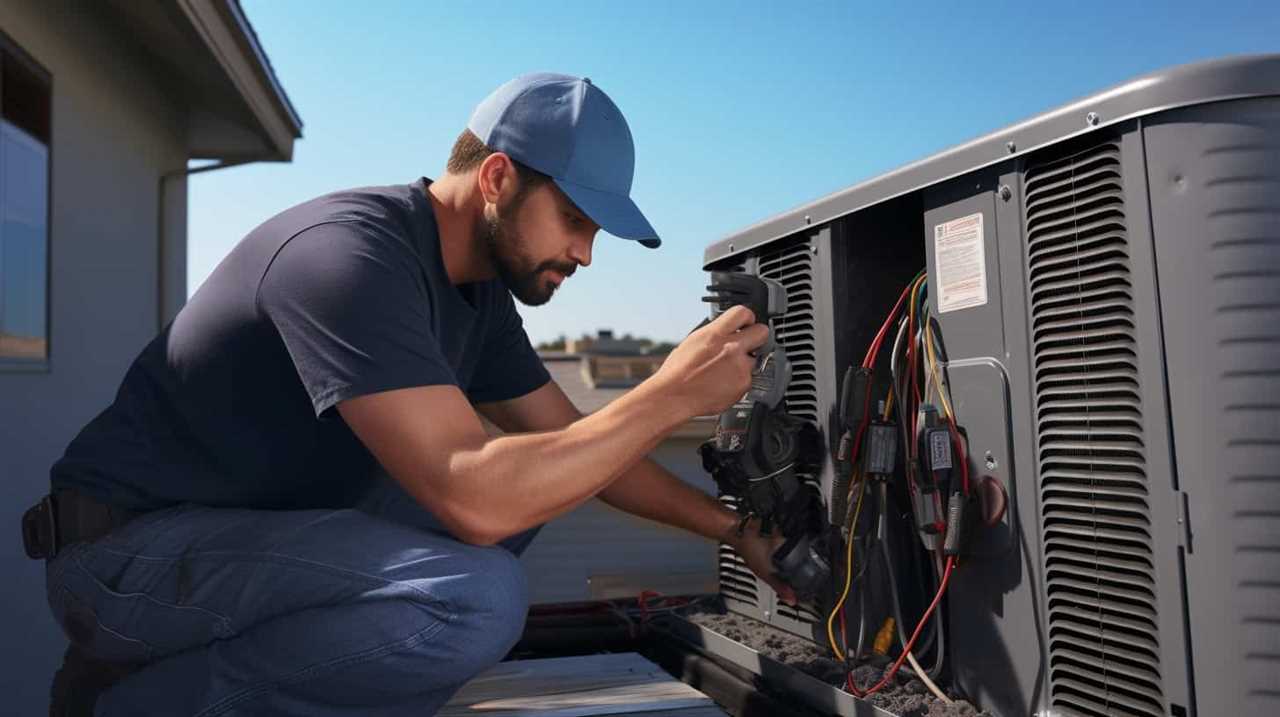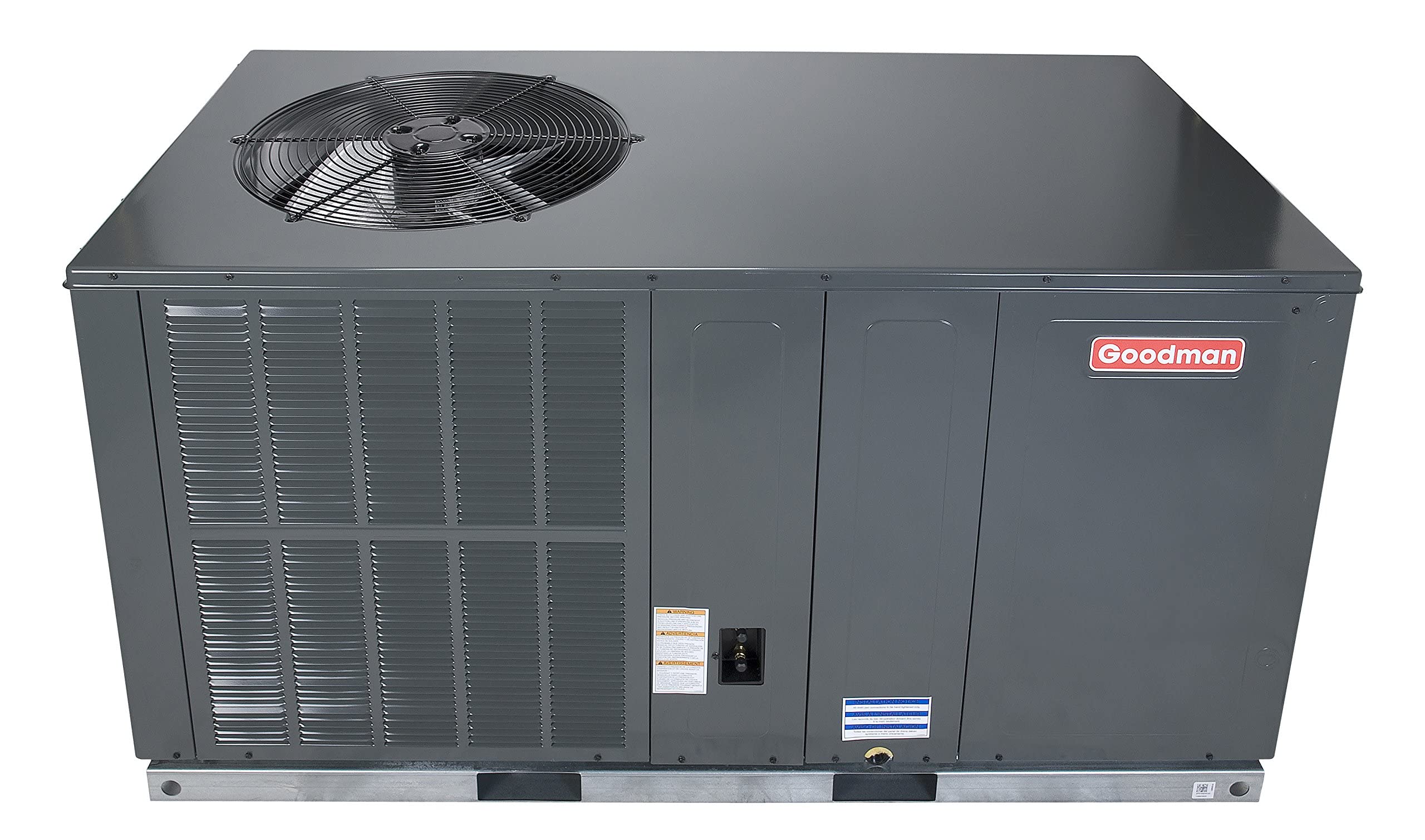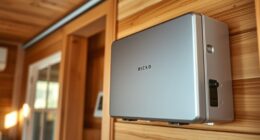Considering installing a heat pump for your house? We’ve got you covered.
In this essential guide, we’ll walk you through the step-by-step process, from weighing the factors to troubleshooting common issues.
Let’s start with a hypothetical example: Imagine coming home to a warm and cozy house on a chilly winter evening, all thanks to your newly installed heat pump.
With our expert advice, you’ll be well-equipped to make informed decisions and ensure the comfort of your home.

Key Takeaways
- Residential heat pump installation offers numerous benefits, including energy efficiency, cost savings, environmentally friendly operation, and improved indoor air quality.
- There are various types of residential heat pumps available, including air-source, ground-source, ductless mini-split, absorption, and geothermal heat pumps, each with its own advantages.
- Factors to consider for heat pump installation include the climate of your area, proper sizing and capacity, insulation and sealing of your home, compatibility with existing heating systems, and cost considerations.
- The installation process involves a site assessment, equipment selection, ductwork and piping installation if necessary, electrical connections, and testing and commissioning of the system. Regular maintenance and care are also important for optimal performance and longevity.
Benefits of Residential Heat Pump Installation
We have identified five key benefits of residential heat pump installation: cost savings and energy efficiency being at the top of the list.
Heat pump systems are designed to be highly energy efficient, which means they can help homeowners save a significant amount on their energy bills. By using renewable energy sources, such as the heat from the ground or the air, heat pumps can provide heating and cooling at a fraction of the cost of traditional systems.
Additionally, heat pumps require less maintenance compared to other heating and cooling systems, resulting in further cost savings over time.
With their ability to both heat and cool a home, heat pumps offer year-round comfort while reducing energy consumption, making them an excellent choice for homeowners looking to save money and reduce their environmental impact.

Factors to Consider Before Installing a Residential Heat Pump
Before deciding to install a residential heat pump, it’s important to consider several factors. Here are some key points to keep in mind:
-
Cost considerations: Installing a heat pump involves upfront costs for purchasing and installing the equipment. It’s essential to assess your budget and determine if the initial investment aligns with your financial goals.
-
Energy efficiency: Heat pumps are known for their high energy efficiency, but it’s crucial to evaluate the specific model’s efficiency rating. Look for a heat pump with a high SEER (Seasonal Energy Efficiency Ratio) and HSPF (Heating Seasonal Performance Factor) to ensure optimal energy savings.
-
Climate and property size: Consider your local climate and the size of your property. A heat pump’s performance can vary depending on environmental conditions and the area it needs to heat or cool. Consulting with a professional can help determine the appropriate size and type of heat pump for your specific needs.

Taking these factors into account will help you make an informed decision about installing a residential heat pump that meets your requirements and maximizes energy efficiency.
Step-by-Step Guide for Residential Heat Pump Installation
To begin the installation process, we’ll need to gather the necessary tools and materials. Before starting, it’s essential to have:
- Heat pump unit
- Refrigerant lines
- Electrical wiring
- Thermostat
You’ll also require the following tools:
- Drill
- Screwdriver
- Pliers
- Wire cutters
- Level
Don’t forget the safety equipment:
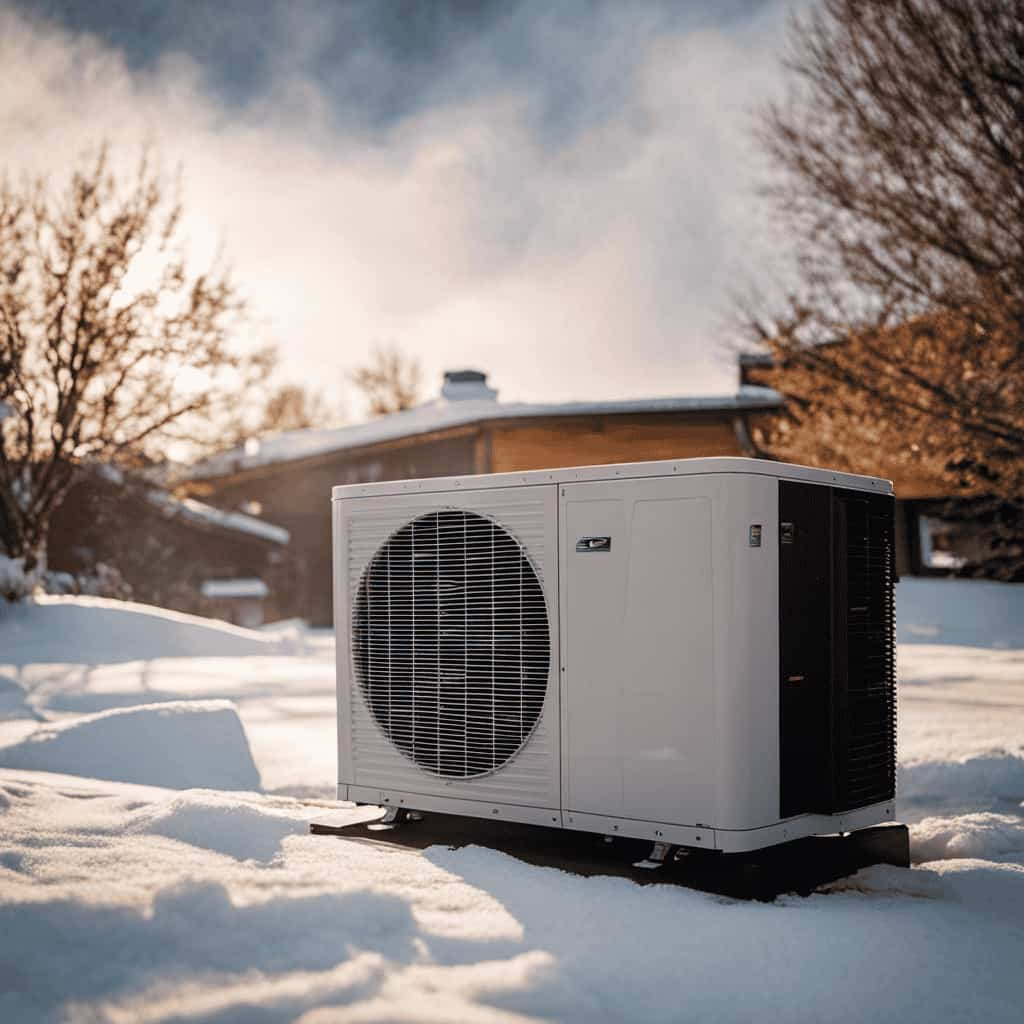
- Gloves
- Safety glasses
- Mask
The installation process involves several steps. Here’s what you need to do:
-
Locate the area where the heat pump will be installed, ensuring it has adequate space and proper ventilation.
-
Mount the outdoor unit on a stable surface, ensuring it’s level and secure.
-
Connect the refrigerant lines and electrical wiring, following the manufacturer’s instructions carefully.
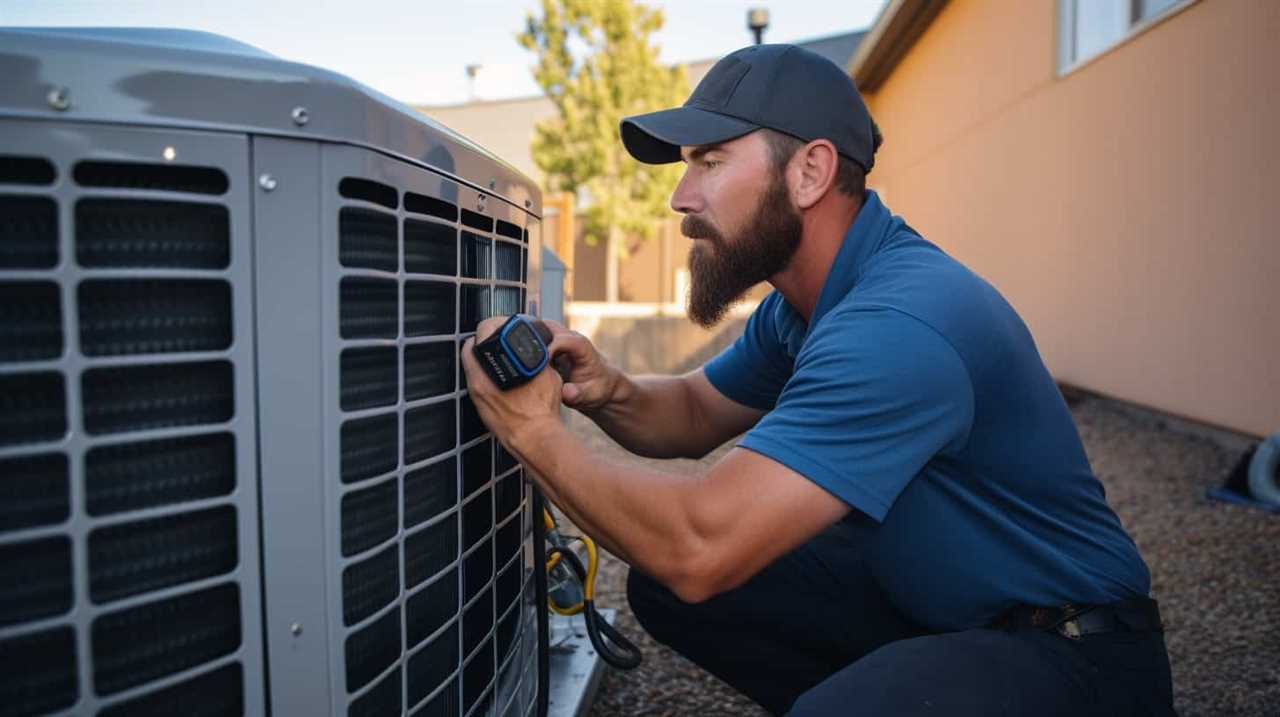
-
Inside the house, install the indoor unit, ensuring it’s level and securely mounted.
-
Connect the refrigerant lines and electrical wiring to the indoor unit.
-
Finally, install the thermostat and test the system to ensure it’s functioning correctly.
Remember to consult the manufacturer’s instructions and seek professional assistance if needed during the installation process.
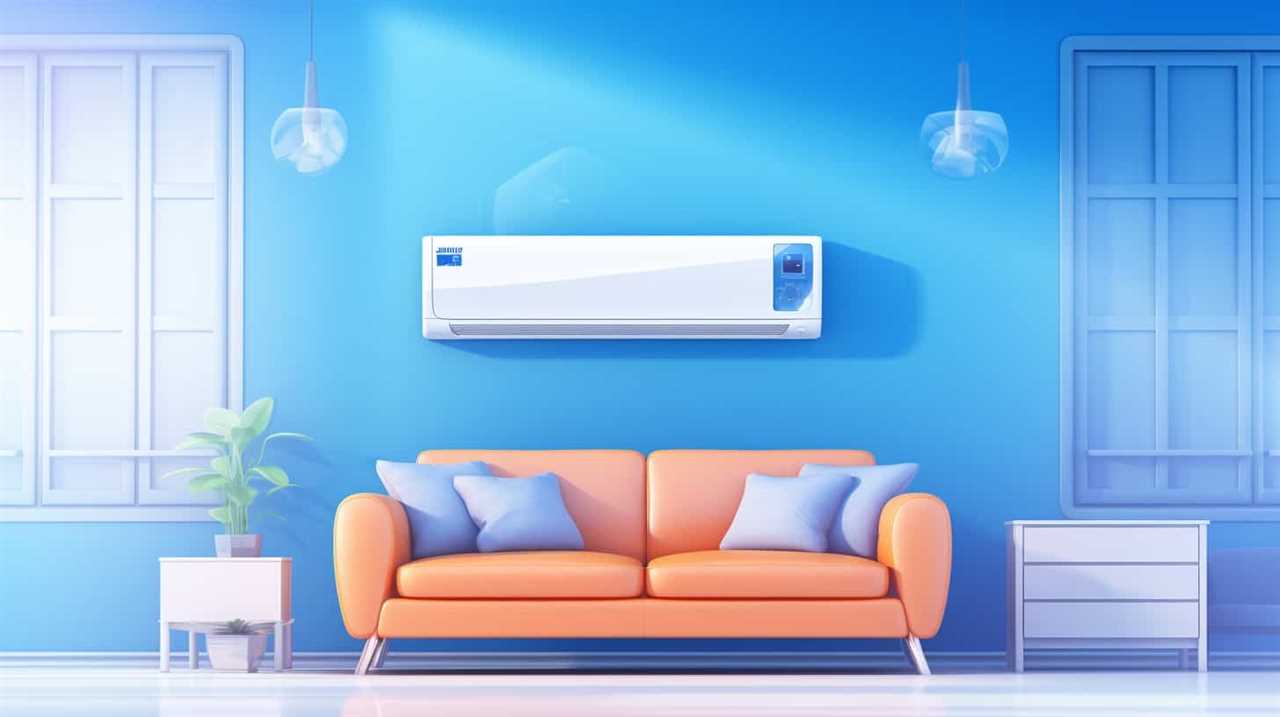
Common Issues and Troubleshooting Tips for Residential Heat Pumps
Experiencing frequent temperature fluctuations or inadequate heating and cooling can indicate underlying issues with your residential heat pump system. To help you troubleshoot and address these problems, here are some common issues and tips for heat pump repair:
-
Low refrigerant levels: Check for leaks and have a professional recharge the system if necessary.
-
Frozen evaporator coil: Clean or replace air filters, remove any blockages, and ensure proper airflow.
-
Malfunctioning thermostat: Calibrate or replace the thermostat to ensure accurate temperature control.

Remember, it’s important to consult a qualified technician for more complex heat pump troubleshooting and repairs.
Regular maintenance and professional inspections can help prevent these issues and ensure optimal performance from your residential heat pump system.
Maintenance and Service Recommendations for Residential Heat Pumps
What are the recommended maintenance and service tasks for our residential heat pumps?
Proper maintenance and servicing are essential to ensure the optimal performance and longevity of your residential heat pump. To keep your heat pump running smoothly, it’s important to follow a regular maintenance schedule.

This includes:
- Cleaning or replacing air filters every one to three months
- Checking and clearing debris from the outdoor unit
- Inspecting the indoor and outdoor coils for dirt or damage
Additionally, it’s recommended to schedule professional maintenance at least once a year to check for any potential issues and ensure the heat pump is operating efficiently.
To maximize energy efficiency, consider:
- Using a programmable thermostat
- Sealing ductwork
- Keeping the area around the heat pump clear of obstructions
Frequently Asked Questions
What Is the Average Cost of a Residential Heat Pump Installation?
The average cost of a residential heat pump installation depends on various cost factors and the installation process. It is important to consider factors such as the size of the system, location, and any additional upgrades or modifications required.

Are There Any Government Incentives or Rebates Available for Residential Heat Pump Installations?
Yes, there are government incentives and rebates available for residential heat pump installations. These financial assistance programs aim to promote eco-friendly options, energy efficiency, and cost-saving measures for homeowners.
How Long Does a Typical Residential Heat Pump Installation Take?
On average, a residential heat pump installation takes around 1-3 days. However, the duration may vary depending on factors such as the complexity of the system and any common challenges encountered during the installation process.
Can a Residential Heat Pump Be Installed in Any Type of Home?
Yes, a residential heat pump can be installed in any type of home. However, there are certain challenges and considerations for choosing the right heat pump based on the specific needs and characteristics of the home.
Are There Any Environmental Benefits to Installing a Residential Heat Pump?
Installing a residential heat pump brings a plethora of environmental benefits. It significantly reduces our carbon footprint and contributes to energy efficiency. By harnessing the Earth’s natural heat, we can enjoy a greener and more sustainable future.

Conclusion
In conclusion, residential heat pump installation offers numerous benefits, including energy efficiency and cost savings. However, before installing a heat pump, it’s important to consider factors such as climate, size of the property, and budget.
By following a step-by-step guide and addressing common issues, homeowners can successfully install and troubleshoot their heat pumps. Regular maintenance and service are also crucial to ensure optimal performance.
Just like a cool breeze on a hot summer day, residential heat pumps provide comfort and relief to homeowners.



